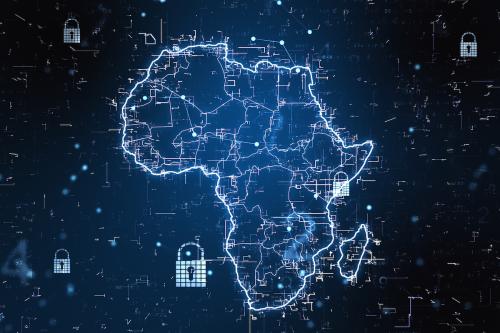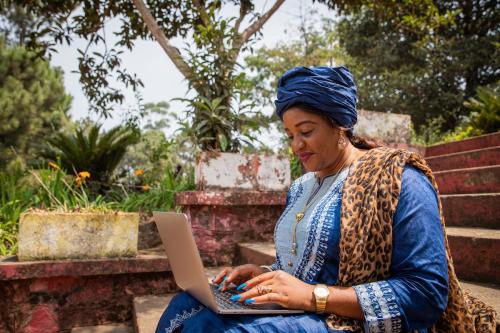Early this week, the Africa Progress Panel released the report, Lights, Power, Action: Electrifying Africa, which examines trends and opportunities in off-grid, mini-grid, and traditional on-grid solutions to Africa’s massive energy gap. As the report points out, two-thirds of Africans—620 million people—lack access to electricity. In nine African countries more than 80 percent of primary schools have no electricity. The average African (excluding South Africa) uses 160 kilowatt-hours per year, compared to the average American’s 13,000.
Given the great need for electricity on the continent, the authors contend that these three approaches—off-grid, mini-grid, and traditional on-grid—taken together, can create a successful path out of energy poverty. In fact, the report states that, of the 315 million rural citizens that will get access to electricity by 2040, most will actually be connected through off-grid household or mini-grid systems; only 30 percent will gain access through national grids.
The first chapter of the report focuses on the opportunities created by increasingly popular off-grid power sources. According to the report, the most popular of these are off-grid solar photovoltaic systems, the smallest of which are called pico-solar systems, which are usually small solar lanterns that often include phone chargers.
Indeed, in 2011, sub-Saharan Africa had less than 500,000 brand-name pico-solar lighting products; by 2015 it had 11.3 million (Figure 1). The report notes that the number of generic products sold are at least as large, and could be even double that of brand-name ones.
Despite this growing access, the authors note the criticism that access to just lights and phone chargers will not be sufficient to fight poverty—while emphasizing research finding that even a small amount of electricity for low-income families leads to “high marginal benefits in household health, education, and poverty reduction.” Off-grid systems can also greatly lower the costs of lighting in the household (Figure 8). The report says that solar lanterns can reduce lighting costs by $60 per year, and that a $13 solar light’s benefits will “will exceed its costs within three to four months.” In urban areas, many of these off-grid systems can also be beneficial: They serve as convenient back-ups when on-grid systems are down, a not-infrequent occurrence in sub-Saharan Africa.
Of course, as the report notes, off-grid products are only one part of the solution to energy poverty. Support for mini-grid systems as well as investment in the generation, transmission, and distribution of electricity from national and regional on-grid solutions must be a part of the roadmap to electricity access. The authors also call for African policymakers to prioritize renewable sources of energy going forward.
For more on the Africa Progress Panel’s discussion of off-grid, mini-grid, and on-grid challenges and solutions to the generation of and universal access to electricity, see the full report, Lights, Power, Action: Electrifying Africa.






Commentary
Figures of the week: Benefits of off-grid electricity solutions
March 17, 2017